Pachycereus Elephant Cactus Info: Tips For Growing Elephant Cactus At Home


Love elephants? Try growing elephant cacti. While the name elephant cactus (Pachycereus pringlei) may sound familiar, don’t confuse this plant with the more commonly planted Portulacaria elephant bush. Let’s learn more about this interesting cactus plant.
What is an Elephant Cactus?
Known as the “tallest cactus species in the world,” Pachycereus elephant cactus is not only tall but grows with multiple branches. The primary lower stem, sized like an elephant’s leg, can reach more than 3 feet (1 m.) around the bottom. This is where the common name elephant cactus originated. Also, the botanical name “pachy” means short trunk and “cereus” means columnar. These are great descriptions of this large cactus plant.
Also called Cardón, or Cardón Pelón, the plant is native to California deserts and islands in the Gulf. It grows in northern Mexico too. There it is found in alluvial (clay, silt, sand, gravel,) soils. There is a trunkless form of elephant cactus as well, with numerous branches rising from the soil. It grows on rocky hills and level plains in desert-like conditions in its native conditions.
As branches appear and the cactus slowly grows taller, you’ll find that a large space in the landscape is required for this plant. Although slow growing, this species can reach 60 feet (18 m.) or taller.
White blooms appear along the spines of the elephant cactus, opening in the late afternoon and staying open until noon of the next day. These are pollinated by bats and other night flying pollinators.
Elephant Cactus Care
Plant it in gritty or sandy soil, much like its native soil. Avoid growing in rich soil but amend a poor soil area if needed to improve drainage. Other elephant cactus care includes providing a full sun environment.
Growing elephant cacti requires a desert-like setting in full sun. It is hardy in USDA zones 9a through 11b. While it is prudent to start it in the ground, you can also grow it for a limited time in a large container, if necessary. Keep in mind you’ll need to move it later to accommodate its growth.
Gardening tips, videos, info and more delivered right to your inbox!
Sign up for the Gardening Know How newsletter today and receive a free copy of our e-book "How to Grow Delicious Tomatoes".
Otherwise, the plant is basically low maintenance. As with most cacti, too much attention can lead to the death of the plants. Once you have it in the right conditions, only provide limited water when there has been no rainfall for an extended period.
When growing elephant cactus, if you feel like you must do something, cut a stem and propagate. Let the end callous, then plant in gritty, well-draining soil. The plant propagates easily.

Becca Badgett was a regular contributor to Gardening Know How for ten years. Co-author of the book How to Grow an EMERGENCY Garden, Becca specializes in succulent and cactus gardening.
-
 12 Lush Alternatives To A Lawn For Sustainable Spaces
12 Lush Alternatives To A Lawn For Sustainable SpacesAlternatives to a lawn are beautiful and also beneficial to your local ecosystem and its pollinators. Explore our top picks for plants to replace grass.
By Tonya Barnett
-
 Types Of Tomatoes Explained: Explore The Many Wonderful Shapes, Colors, Flavors, & Best Uses
Types Of Tomatoes Explained: Explore The Many Wonderful Shapes, Colors, Flavors, & Best UsesThe world of tomato varieties is vast and fascinating. Learn about the key types to grow in your garden, tailored to your preferences and space.
By Amy Grant
-
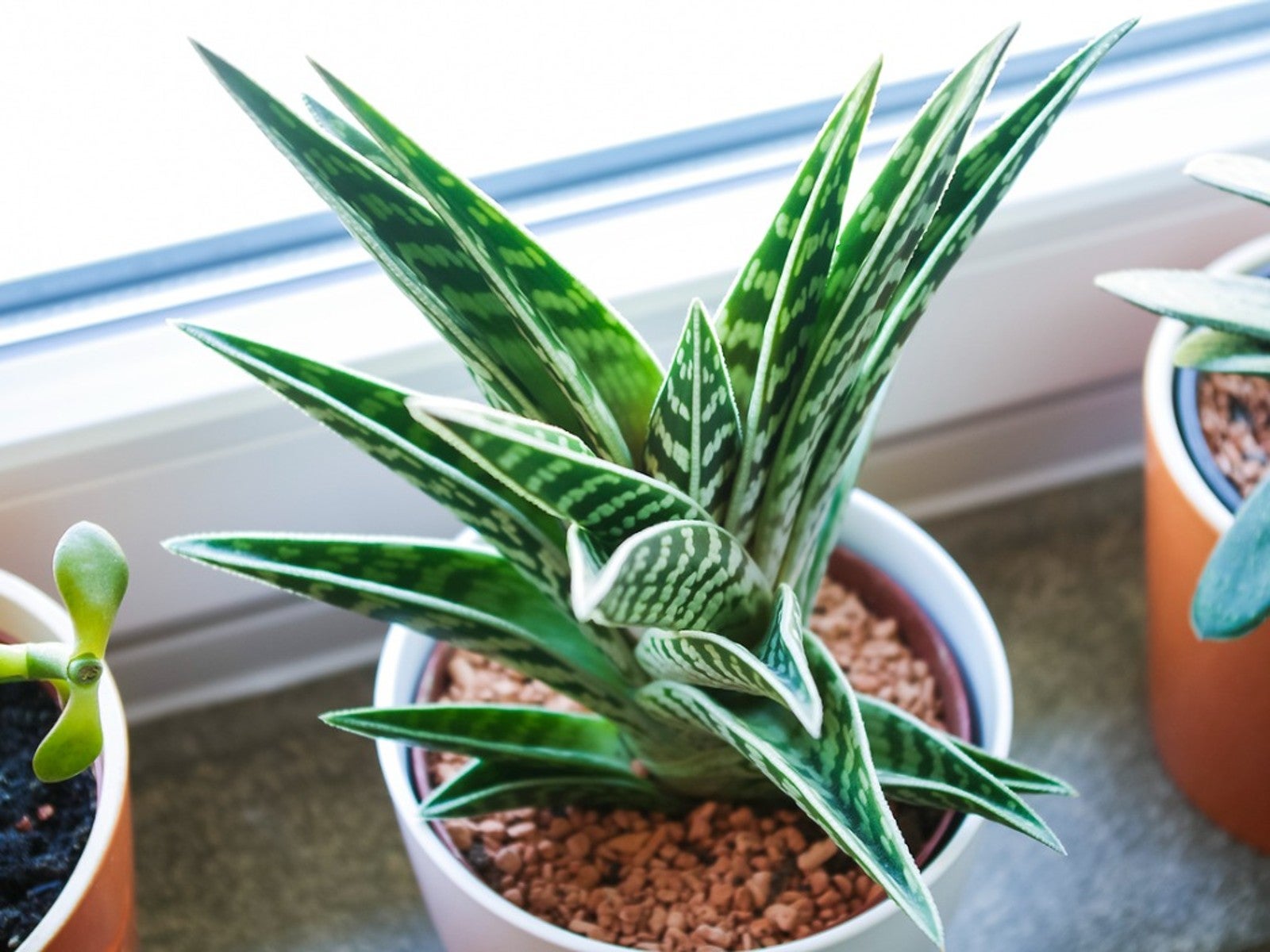 Variegated Succulents To Add To Your Plant Collection
Variegated Succulents To Add To Your Plant CollectionRead about some of the pretty variegated species that add beauty and interest to your succulent collection.
By Becca Badgett
-
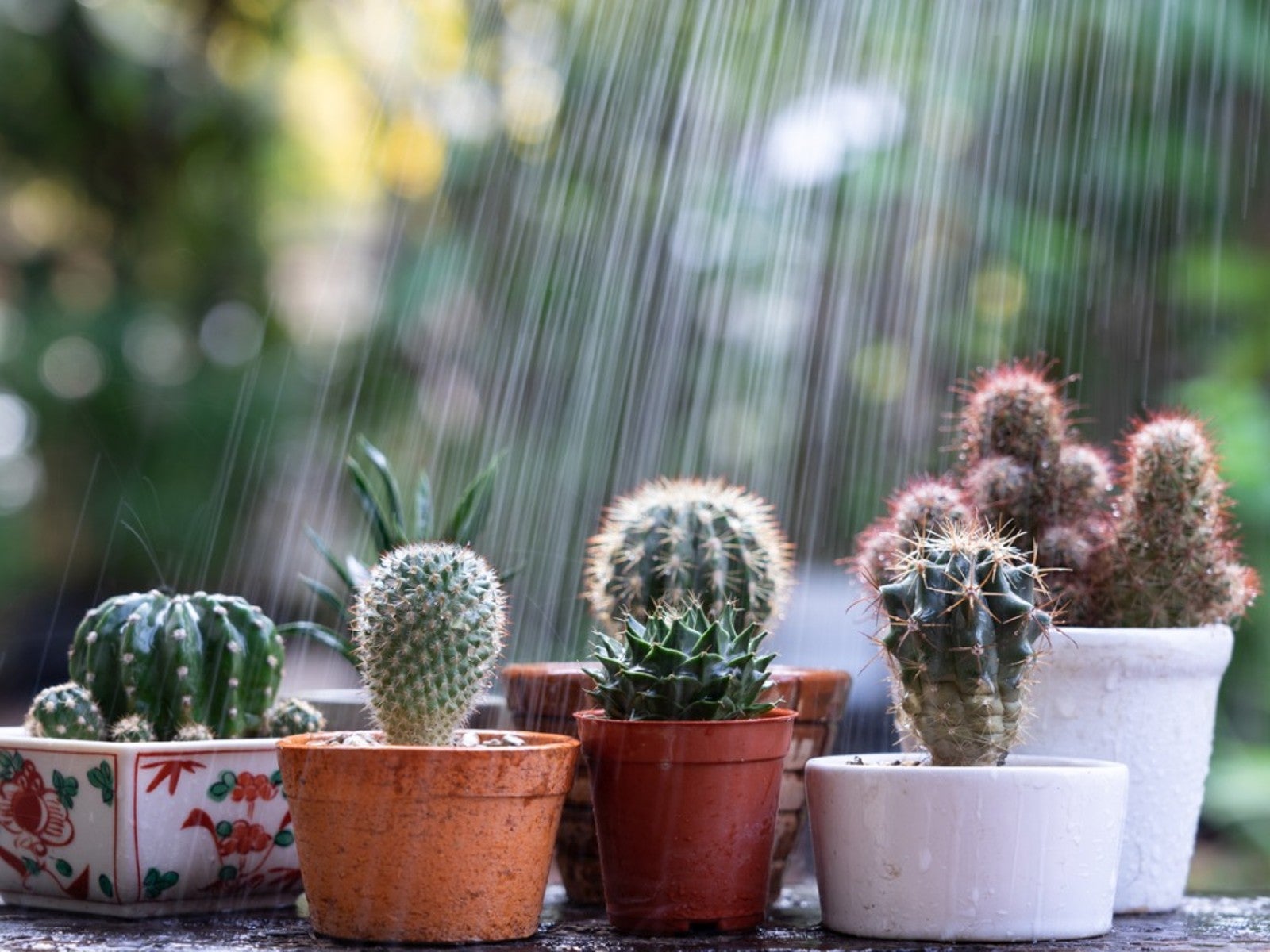 How To Protect Succulents And Cacti From Rain
How To Protect Succulents And Cacti From RainRain has the potential to cause damage to our cacti and succulents. However, when planted in proper soil, rainfall may perform as just a deep watering. Read on for more.
By Becca Badgett
-
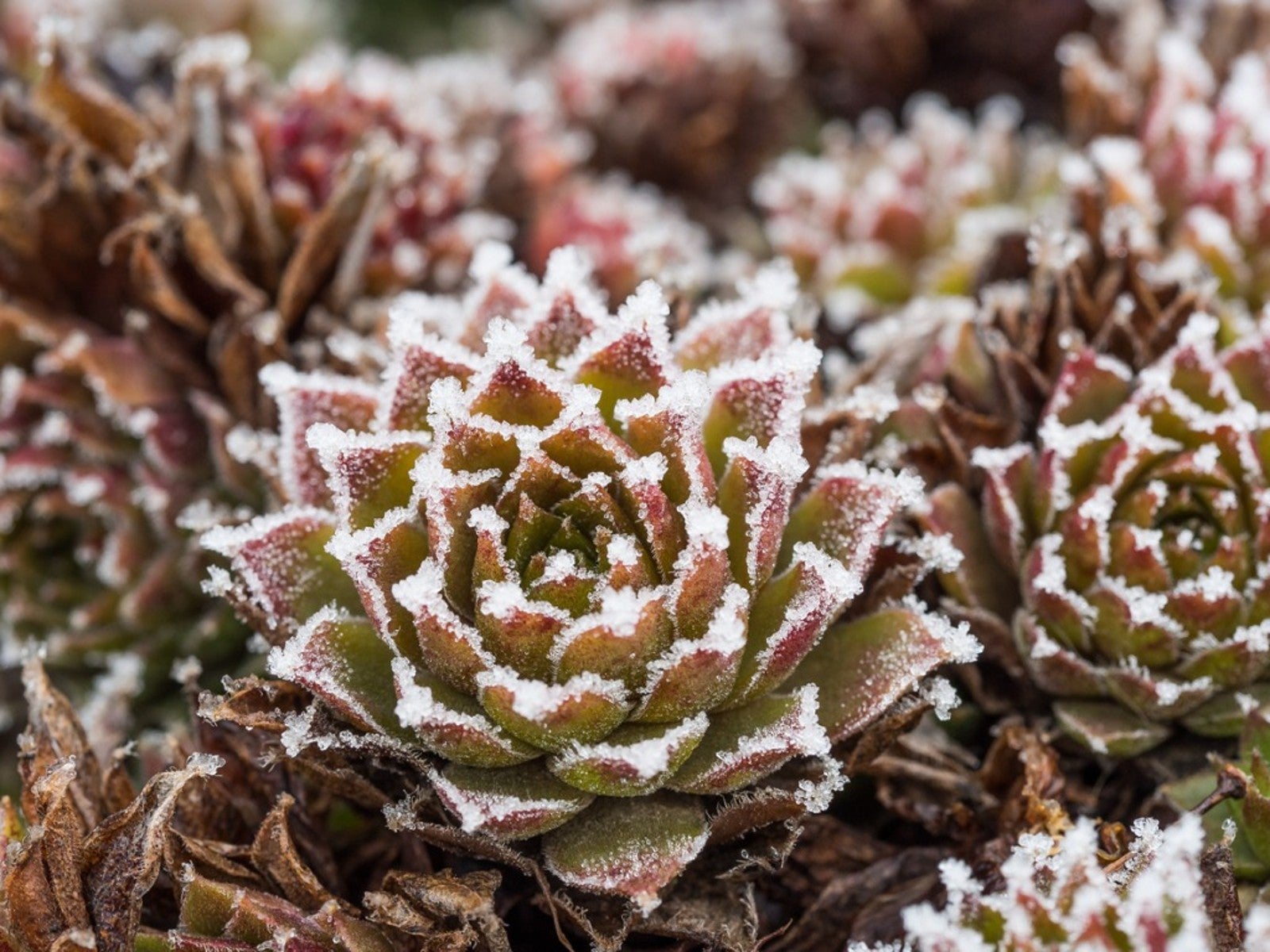 Succulents and Frost: How To Save A Succulent From Frost Or Freeze
Succulents and Frost: How To Save A Succulent From Frost Or FreezeCan succulents withstand cold? Succulents and frost don't traditionally go together and can result in damage, but you may be able to save frozen succulents.
By Bonnie L. Grant
-
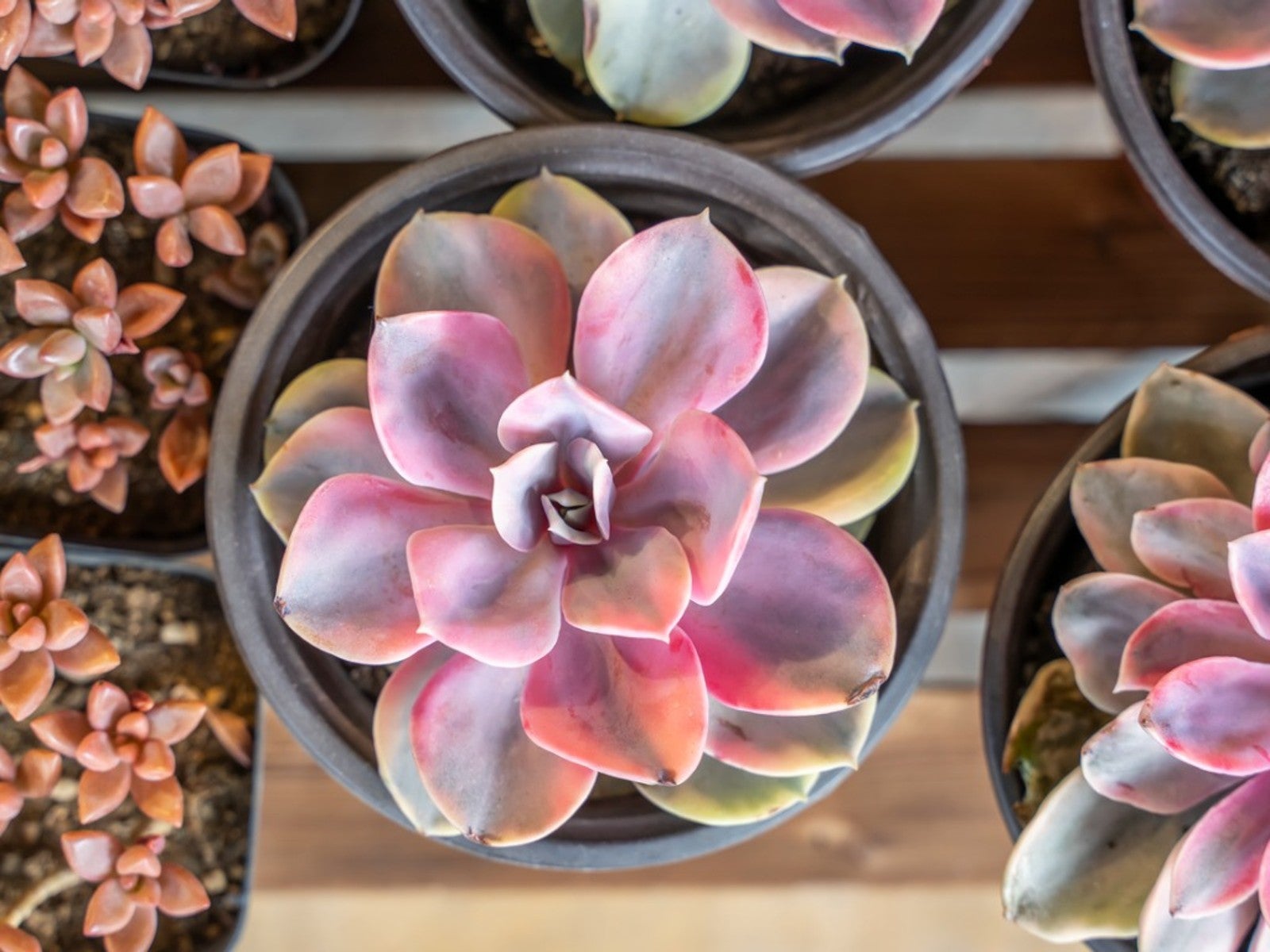 Pink Succulents Varieties To Try: How To Grow Perfect Pink Succulent Plants
Pink Succulents Varieties To Try: How To Grow Perfect Pink Succulent PlantsPink succulents may display the color on leaf edges or with streaks or blotches mingled throughout the foliage. Here are our favorites.
By Becca Badgett
-
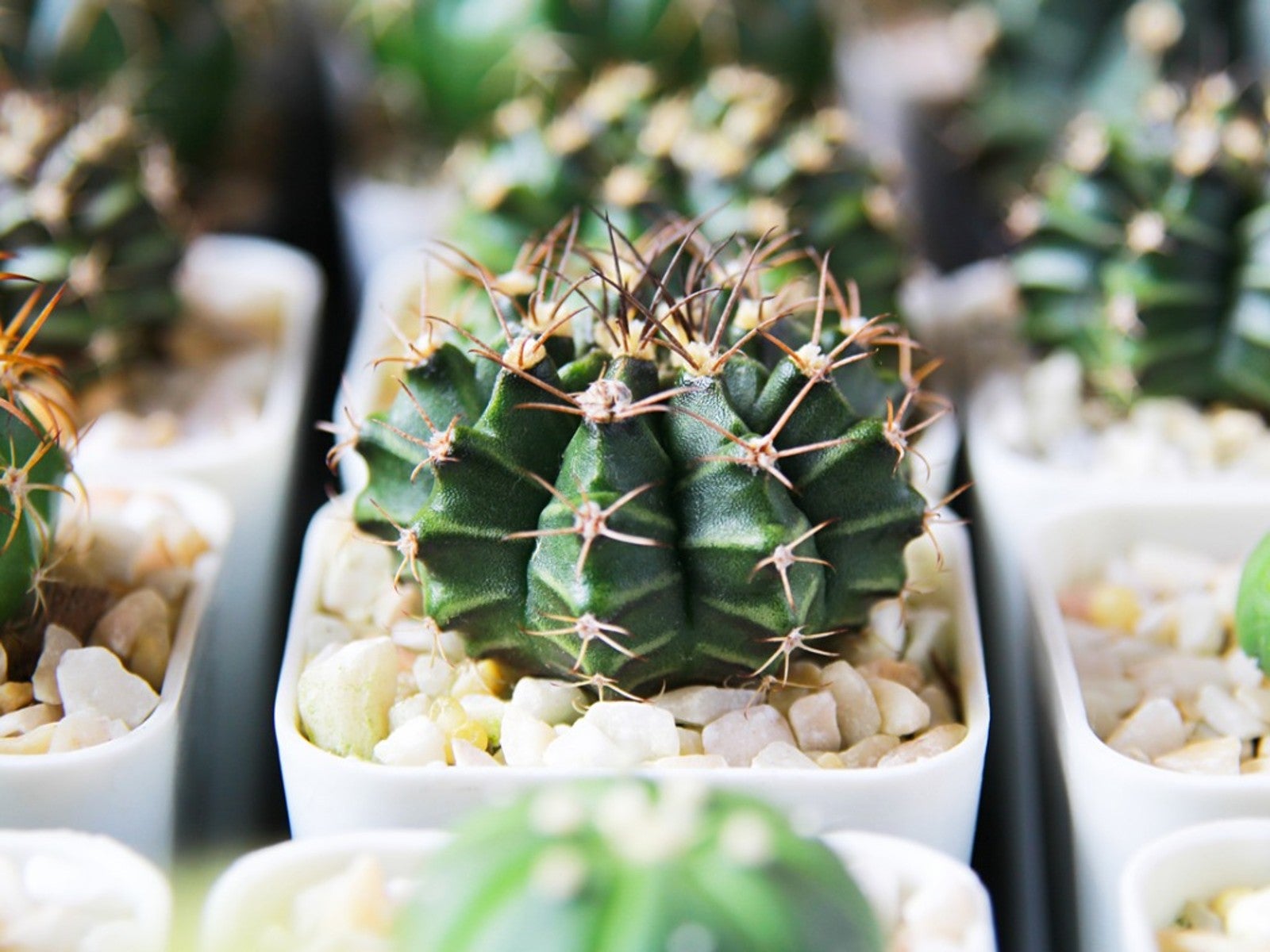 10 No Fuss Cacti - What’s The Best Low Maintenance Cactus
10 No Fuss Cacti - What’s The Best Low Maintenance CactusIf you’re thinking of adding plants to your collection, consider no fuss cacti. Click here for an easy cacti list, even for beginners.
By Becca Badgett
-
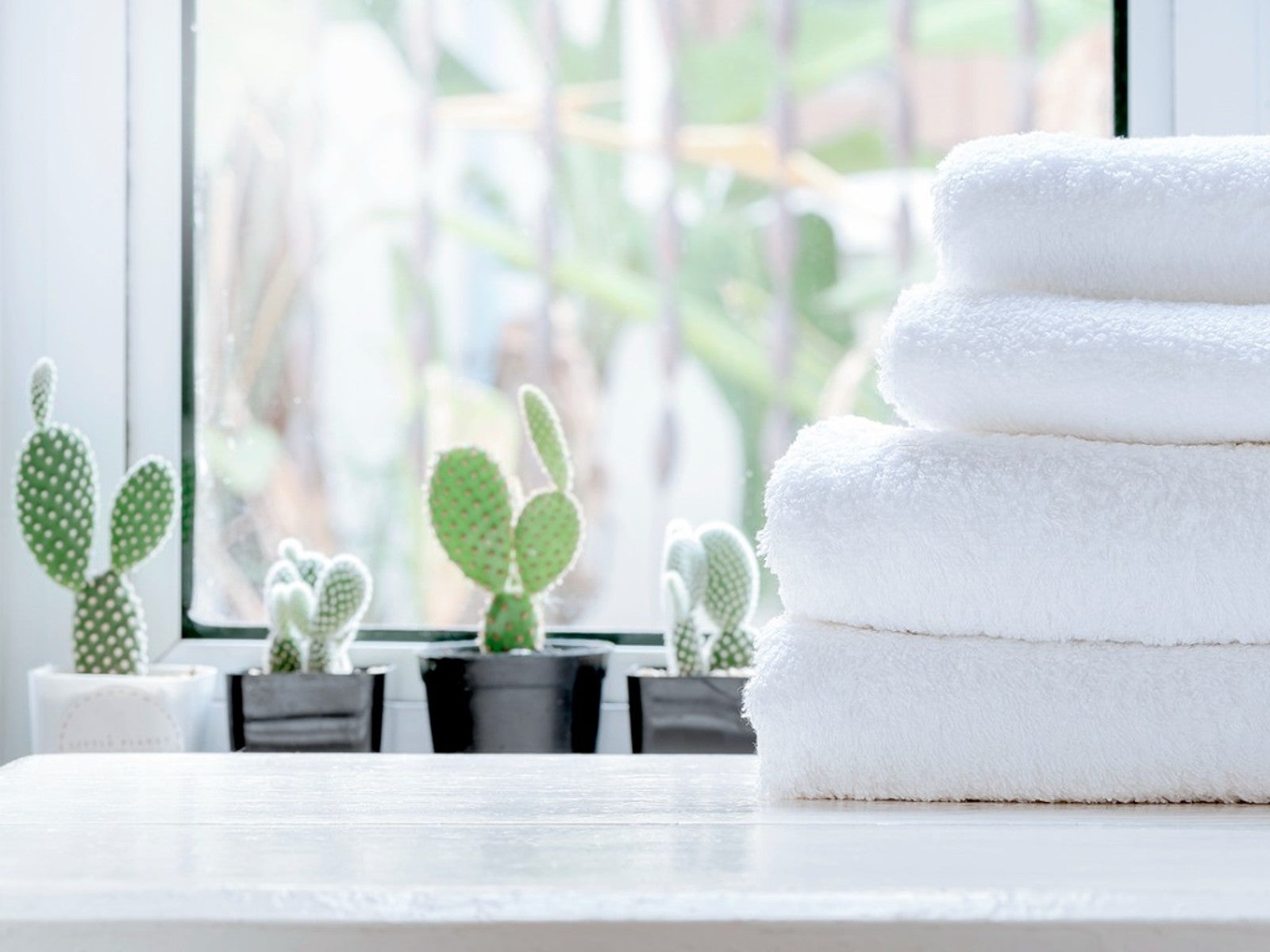 5 Best Succulents For A Bathroom
5 Best Succulents For A BathroomSome succulents can be great options for bathroom decoration. Read on for our top five bathroom succulent ideas.
By Becca Badgett
-
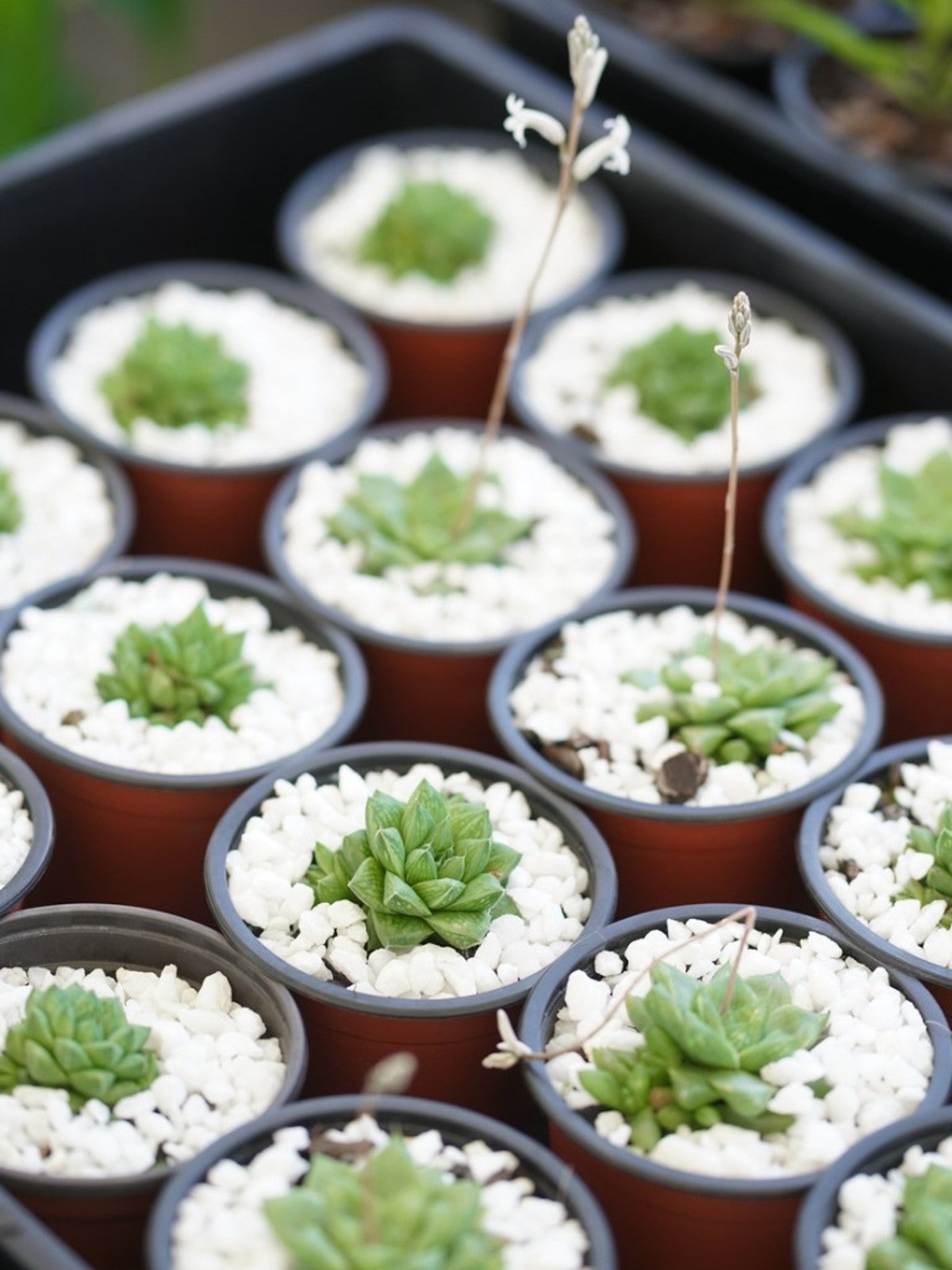 What Is A Succulent Starter Kit - Best Succulent Starter Kits
What Is A Succulent Starter Kit - Best Succulent Starter KitsWhile garden kits are not the most inexpensive option for growing succulents, they do include everything you’ll need. Grow succulents from seed by using a succulent seed starter kit to learn the process and to check your results.
By Becca Badgett
-
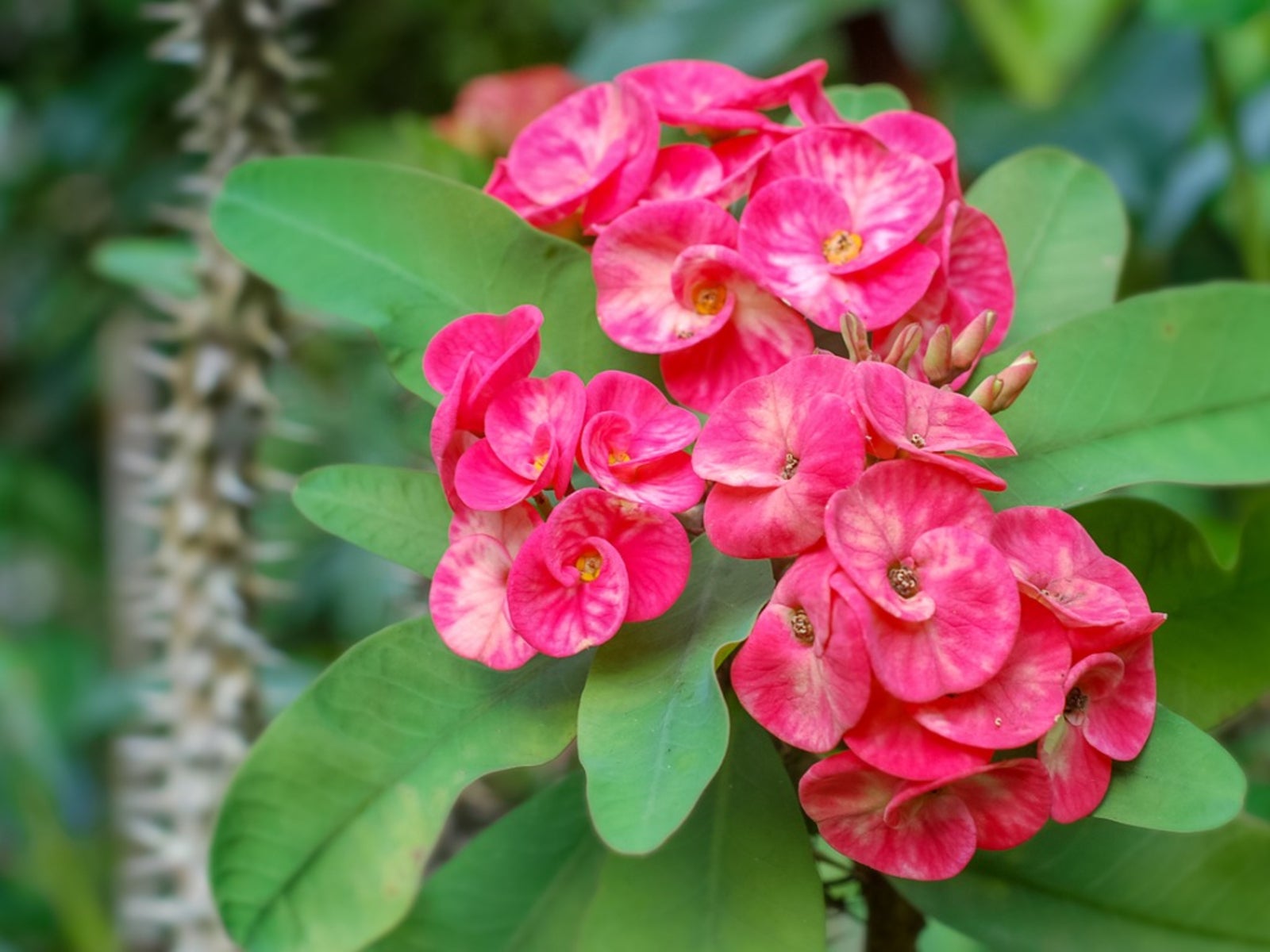 Dazzling Succulents - Succulents With Striking Flowers
Dazzling Succulents - Succulents With Striking FlowersWhen you think of succulents you may just envision their unique leaves and stems. But succulents also produce bright and bold flowers in the right conditions. Read on to learn more.
By Bonnie L. Grant